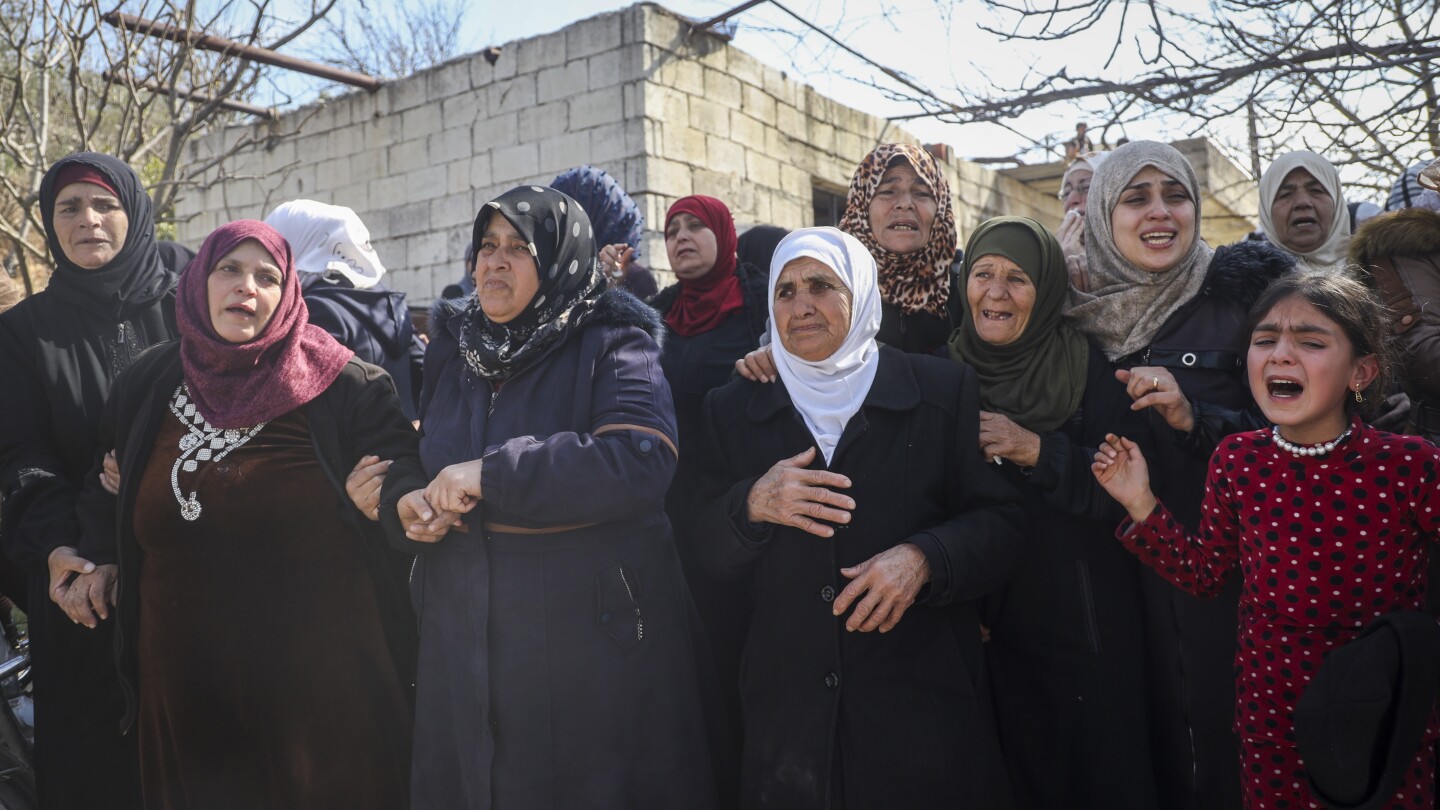Syria’s Resurgence of Violence: Echoes of a Divided Past
Recent escalations in violence across Syria have reignited fears and memories of the civil war, as communities grapple with the implications of renewed conflict. This troubling trend raises critical questions about the future stability of the region and the humanitarian crisis unfolding within its borders. The resurgence of violence in Syria not only reflects deep-seated grievances but also illustrates the complexities of a nation still reeling from a decade-long war. To understand the current situation, one must explore the historical context, the factors fueling the violence, and the potential paths toward peace and stability.
The Legacy of the Civil War
The civil war in Syria, which began in 2011, resulted in a staggering loss of life and the displacement of millions. After years of fighting, the conflict left the country fragmented, with various factions vying for power. The war also entrenched divisions among ethnic and religious communities, creating a landscape where mistrust and animosity thrive. As the dust began to settle, many hoped for reconciliation and rebuilding; however, the echoes of that divisive past continue to resonate in the present.
Current Escalation: Factors at Play
The recent spike in violence can be attributed to several interlinked factors:
- Political Vacuum: With the Assad regime regaining control over much of the territory, a political vacuum exists in areas once held by opposition forces. This vacuum has allowed for the emergence of extremist groups and local militias that challenge the state’s authority.
- Ethnic and Sectarian Tensions: The deep-rooted ethnic and sectarian tensions that fueled the civil war have not been resolved. The Kurdish population, for instance, continues to seek autonomy, while Sunni and Alawite communities remain at odds.
- Economic Hardship: The ongoing economic crisis exacerbated by sanctions, corruption, and the pandemic has led to widespread poverty and dissatisfaction. Desperate conditions often lead to violence as communities struggle for resources.
- Foreign Interference: The involvement of foreign powers complicates the situation. From Iran and Russia supporting the Assad regime to Turkey’s backing of opposition groups, external influences continue to stoke tensions.
Humanitarian Crisis: The Unseen Casualties
The humanitarian implications of Syria’s resurgence of violence are dire. Millions of people remain displaced, living in precarious conditions. According to the United Nations, over 14 million Syrians require humanitarian assistance. The resurgence of violence has hindered access to aid, forcing many to go without essential services such as food, healthcare, and education. The following aspects highlight the humanitarian crisis:
- Displacement: With renewed hostilities, many families are forced to flee their homes once again, further straining already overwhelmed refugee systems in neighboring countries.
- Health Crisis: The ongoing violence has disrupted healthcare services, leading to a resurgence of diseases and a lack of medical care for chronic conditions.
- Child Welfare: Children are among the most affected, with many missing out on education and facing psychological trauma as a result of their experiences.
Community Responses: Resilience Amidst Chaos
Despite the grim reality, communities across Syria demonstrate remarkable resilience. Local initiatives aimed at rebuilding trust and cooperation are emerging, focusing on:
- Community Dialogues: Initiatives that promote dialogue among different ethnic and religious groups help to foster understanding and cooperation.
- Local Governance: In many regions, local councils are stepping up to provide governance and services where the central government has failed, demonstrating a desire for self-determination.
- Humanitarian Efforts: Numerous NGOs and international organizations are working tirelessly to provide aid and support to those affected by the violence, often amidst dangerous conditions.
International Response: A Call for Action
The international community has a critical role to play in addressing Syria’s resurgence of violence. There is a pressing need for:
- Diplomatic Engagement: Countries must engage in meaningful dialogue to address the root causes of the conflict and work towards a comprehensive peace process.
- Increased Humanitarian Aid: Enhanced support for humanitarian efforts is essential to alleviate the suffering of millions and stabilize affected communities.
- Accountability: Holding those responsible for war crimes accountable is vital for rebuilding trust among communities and fostering a culture of justice.
Looking Forward: Paths to Stability
The path forward for Syria remains fraught with challenges, but there are glimmers of hope. The resilience of its people and the burgeoning local initiatives provide a foundation for rebuilding. Here are some potential steps toward fostering stability:
- Engaging Youth: Young people represent the future of Syria. Empowering them through education and participation in governance can lead to a more inclusive society.
- Strengthening Civil Society: Supporting local organizations that promote peace and reconciliation can help bridge divides and foster a sense of community.
- Promoting Economic Development: Sustainable economic initiatives can provide livelihoods and reduce tensions, creating a more stable environment for all Syrians.
Conclusion: A Hopeful Outlook
While Syria’s resurgence of violence serves as a stark reminder of the country’s divided past, it also presents an opportunity for healing and rebuilding. As communities strive for peace amidst chaos, the international community must stand in solidarity with the Syrian people, recognizing their resilience and supporting their journey toward a stable and unified future. In the face of adversity, there is always a chance for renewal, and the voices of those affected by the conflict must guide the way forward.
See more Update My News



